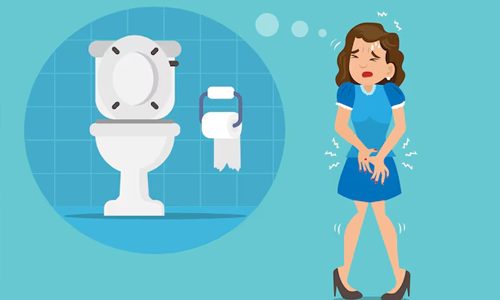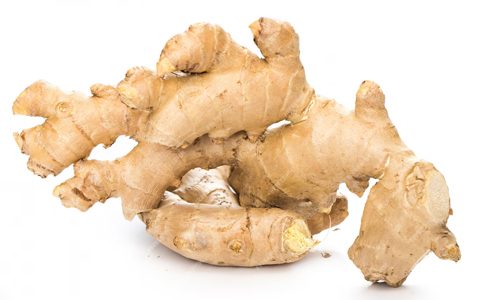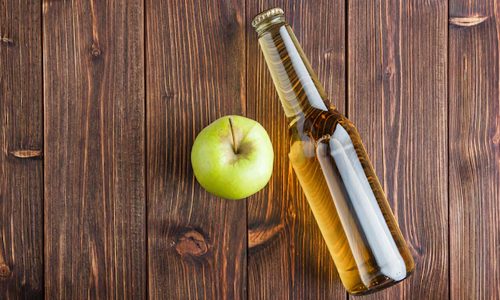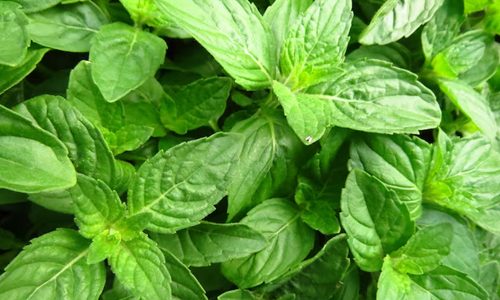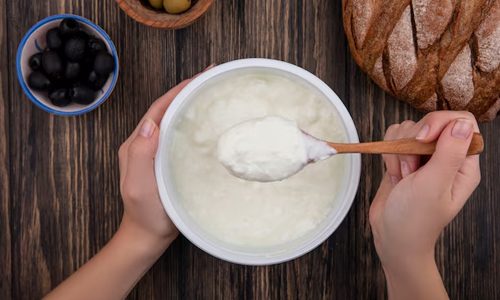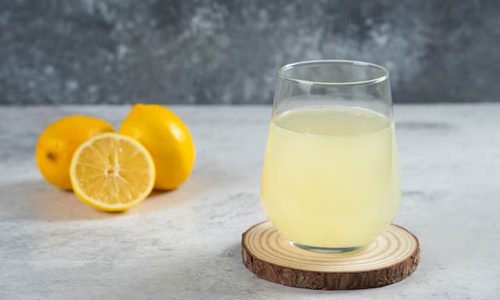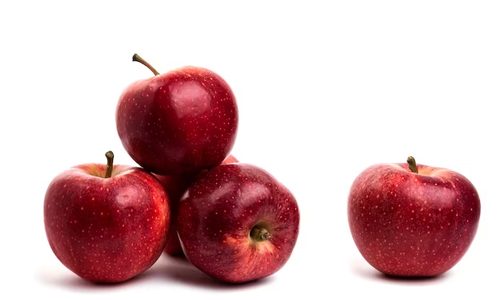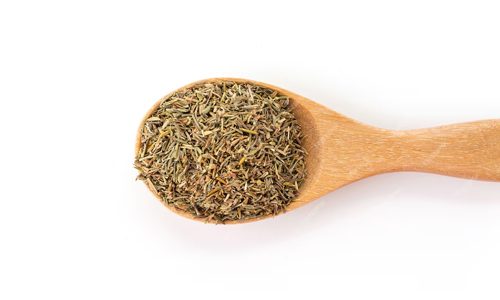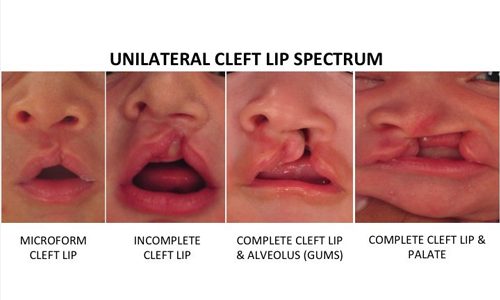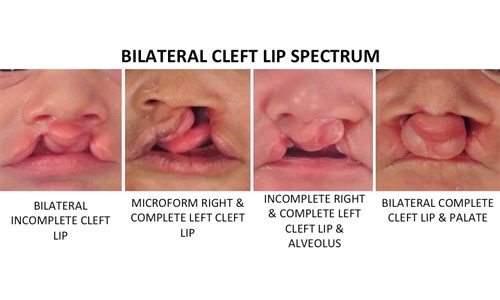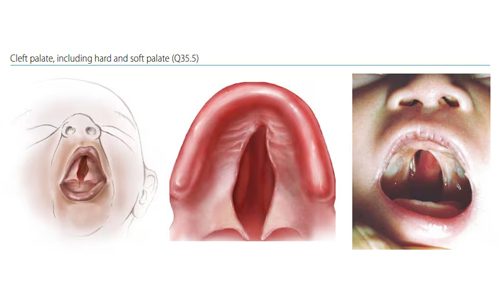Everywhere in the world women experience greater longevity compared to men. According to recent CDC figures, the average American man can live till age 76, and women in the United States can live till age 81. This man-woman lifespan gap is not new, scientists have known about this since many decades ago. However, the evidence to determine the gender gap in life span is limited. Biological, environmental, and behavioral factors contribute to the fact that women live longer than men. We still need adequate evidence to learn how strong the relevant contribution of each of these factors is.
Why Women Live Longer than Men – Reason
We have listed some of the important reasons which may contribute to the life expectancy gap between men and women.
a. Men Have Risky Jobs
Men are more engaged in risky jobs such as construction, military combat, saturation diving, oil rigs, police jobs, search and rescue-related jobs, and fire fighting. For example, during World War II, many men died in combat. Stress and unhealthy lifestyles can also impact lifespan directly or indirectly.
b. Men Abuse Their Bodies More than Women
Smoking is one of the main factors that affect longevity in men. Men smoke a lot compared to women. According to the World Health Organization(WHO), only 9 percent of women are smokers, and 40 percent of men are smokers. Also, men tend to drink alcohol more than women. Experts also confirmed that these habits may lead men to face lung cancer, chronic obstructive pulmonary disease (COPD), coronary heart disease, liver disease, and digestive problems. Many pieces of research showed that men are more prone to developing diabetes and its complications like a diabetic foot and diabetic nephropathy.
c. Cardiovascular Disease
According to the 2020 Australian Institute of Health and Welfare, cardiovascular disease, stroke, heart disease, and vascular disease were found in men rather than women. Men are more likely to experience a heart attack, even after trying to decrease the risk factors for heart disease such as high blood pressure, high cholesterol, body mass index, diabetes, and physical activity. Experts aren’t sure why this happens. The female sex hormone estrogen helps protect against cardiovascular disease and is partially responsible for lowering the risk of such diseases till menopause. The male sex hormone is linked with a higher risk of cardiovascular disease.
d. Risk-Taking
Hormonal differences also contribute to taking risks. The frontal lobes in the brains of young men grow slowly. It is a part of the brain that is involved in evaluating consequences. The delayed development of frontal lobes can help young men engage in higher risky behaviors and activities.
e. Dangerous Sports or Activities
Men are involved in high-risk sports and activities compared to women. Boxing, rugby, racing, and driving cars or motorcycles are considered high-risk sports.
f. Immune Systems
Women’s bodies produce stronger immune responses and higher amounts of antibodies compared to men’s bodies.
g. Medical Advice and Attention
Studies proved that women are most health-conscious and have more knowledge about physical and mental symptoms than men. They also prefer to talk about their health issues or needs.
h. Suicide Rate
Overall, men have the highest rate of suicide compared to women.
i. Social Communications
Why do men lack social connections than women? The reason is still unclear. People who have fewer social connections may have higher death rates.
Tips to Improve Life Expectancy
Make your life as healthy as possible with these simple tips.
- Quit smoking
- Eat a healthy balanced diet
- Stay hydrated
- Reduce alcohol intake
- Get enough sleep
- Exercise regularly
- Manage your stress
- Seek medical advice for mental and physical problems
- It is good to have regular medical check-ups


















